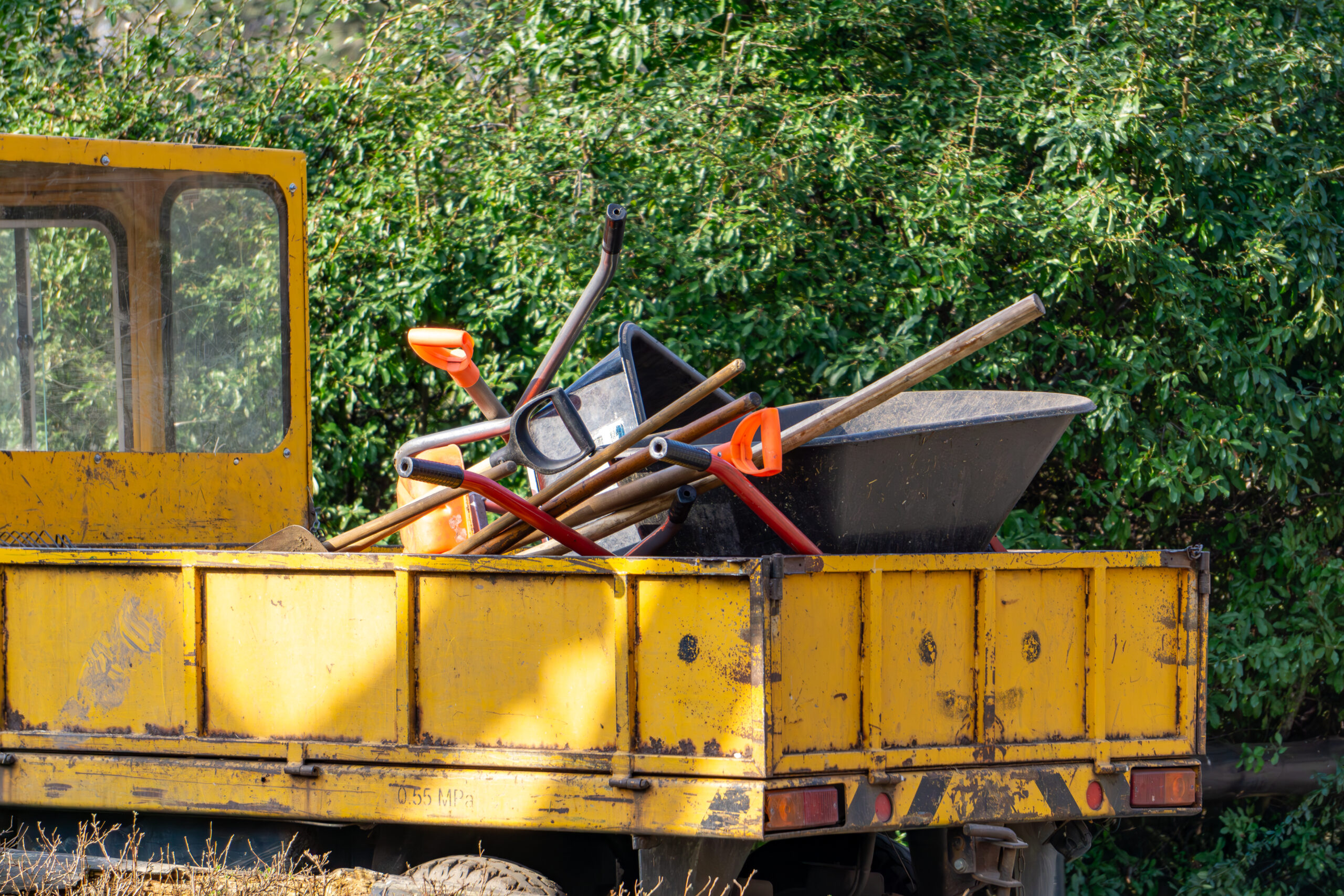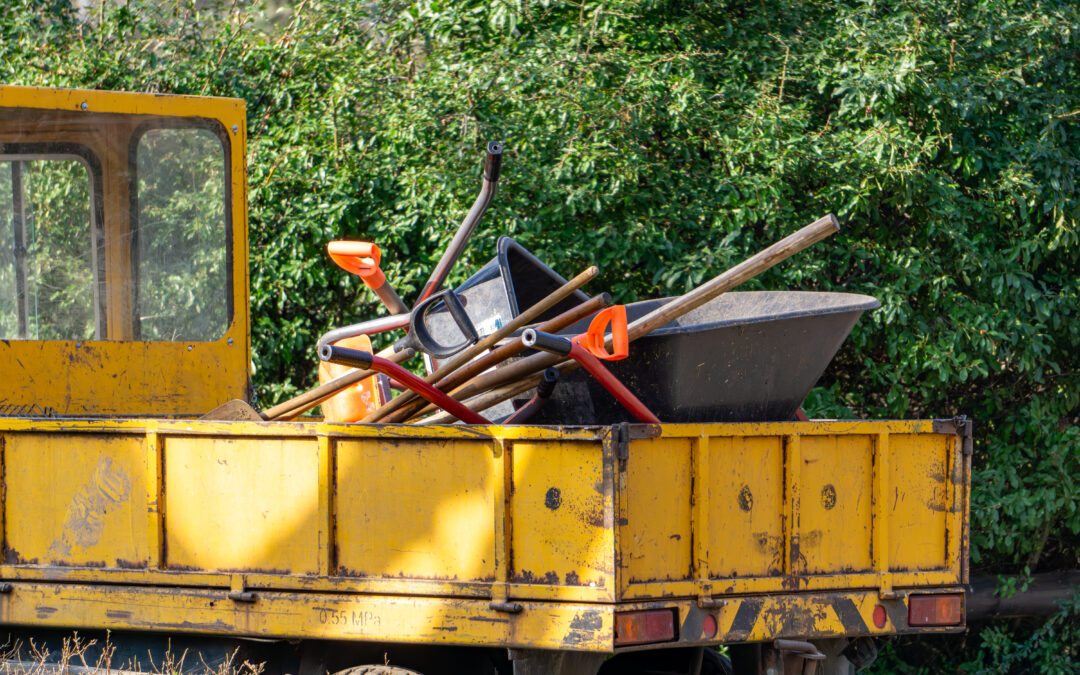Home »
Key Takeaways:
- Poor grading can lead to water accumulation near your foundation, increasing structural risks.
- Tree roots chase moisture and can press against foundation walls or sneak into tiny cracks.
- Trees like oak and willow are known for strong root systems that often cause damage.
- Using root barriers and ensuring proper slope can help minimize long-term foundation harm.
That beautiful tree in the front yard might be doing more than offering shade. Many homeowners don’t realize just how much landscaping choices can affect a home’s foundation over time, such as tree placement or the shape of the yard. From slope problems to root encroachment, what’s above ground can seriously impact what’s below.

Why Grading Around Your Foundation Is So Important
One of the biggest culprits in foundation damage is water. The slope of your yard (called grading) determines where that water drains. If the grade directs water back toward your house instead of away, you may end up with moisture pooling around your base. This can saturate soil, increase pressure against foundation walls, and cause cracks or shifting over time.
Ideal grading slopes the ground away from your foundation; typically, this is about six inches of drop over ten feet. Unfortunately, some homes aren’t built with proper grading, or erosion may alter that slope as the years go by.
Foundation Problems Caused by Tree Roots
Trees boost property value and aesthetics, but they can also quietly threaten your foundation. As roots grow outward, they look for water. The soil near foundations tends to retain moisture longer, attracting roots toward your home. Once close, roots can press into weak areas or small cracks in the concrete. This pressure may lead to growing cracks or even shifting slabs.
Damage from tree roots isn’t always obvious right away. You might first notice drywall cracks, floors sloping, or windows that don’t open properly. Fast-growing trees like poplar, willow, and oak are especially notorious for this kind of foundation stress.
Tree Roots Under Homes: A Silent Problem
The trouble with roots is they’re often invisible until it’s too late. Even bushes or small trees placed too close to your home can extend roots beneath the foundation, pushing soil aside and causing uneven settling. This stress on your home’s structure may lead to cracking or other noticeable damage over time.
A good rule of thumb is to plant trees at least 75% of their full-grown height away from the house. Installing root barriers is another smart move: they help redirect root growth away from key structures.
Long-Term Solutions and Prevention
Preventing damage is easier and cheaper than fixing it. If you spot water buildup, visible roots, or interior signs of foundation trouble, act fast. Slope correction, root trimming, or installing barriers can protect your foundation before major repairs are needed.
Already noticing problems? Foundation repairs are best handled by professionals, especially when tree roots or drainage are involved. These aren’t weekend projects, and the longer they’re ignored, the more extensive they can become.
Book an Expert Foundation Inspection with The Basement Doctor
Concerned that your landscaping may be damaging your foundation? The Basement Doctor, serving Columbus, Ohio and surrounding counties, offers detailed inspections and lasting repair solutions. Let us take a look underground before things shift even more.
Call today to schedule your foundation evaluation and keep your home strong from the roots up.


